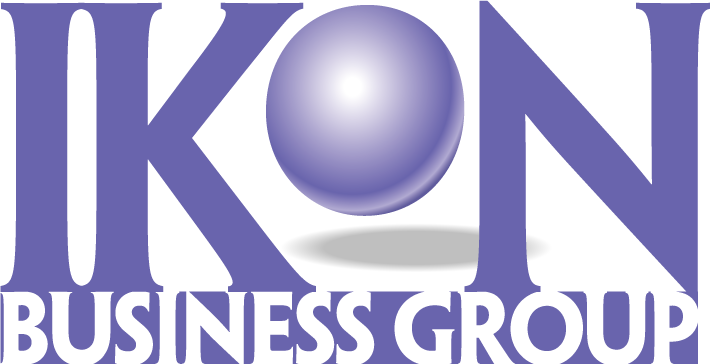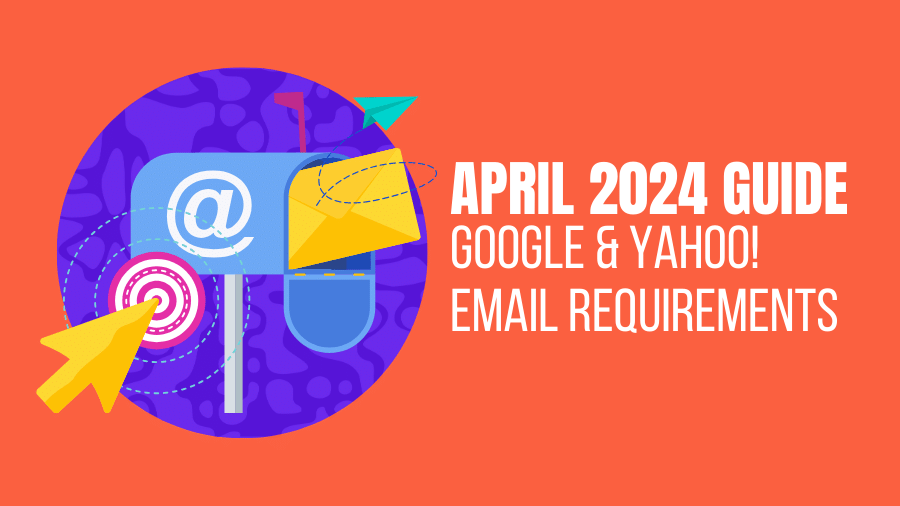Beginning in April 2024, Gmail and Yahoo! will implement new, stricter email standards – turning what were previously considered email best practices into mandatory requirements. School leaders and IT professionals within the K-12 education sector should take note: non-compliance could mean that any emails you send to Gmail and Yahoo! inboxes may be temporarily delayed and even outright rejected starting next month.
- Why Google and Yahoo Are Changing the Rules and Why K-12 Schools Should Care
- 10 Steps to Ensure Email Compliance & Deliverability
- Frequently Asked Questions
- TLDR; IKON is here to help!
Why Google and Yahoo are Changing the Rules and Why K-12 Schools Should Care
After Google and Yahoo! announced in October 2023 that they would be tightening their email rules, the conversation around email security has intensified. These companies are enforcing stricter guidelines to protect users from unwanted emails.
Many email senders have not been fully authenticating their emails, which is problematic. This lack of proper authentication makes it easy for fraudsters to mimic legitimate domains and send phishing emails, damaging the sender’s reputation in the process.
Google and Yahoo! are stepping up their efforts to filter out spam and malicious emails. They require senders to adopt robust email security practices. For K-12 school leaders and IT professionals, complying with these new, stricter email authentication and anti-spam guidelines is crucial for ensuring your emails reach their destinations successfully.
These recent updates primarily focus on large bulk senders, particularly those dispatching over 5,000 emails daily. Yet, smaller senders and those dealing with transactional emails shouldn’t ignore these guidelines as today’s requirements for bulk senders may extend to all in the future. As with all matters of data security and privacy, striving for minimal compliance should never be the goal. Instead, school leaders should focus on ensuring domain security, avoiding spam, and adhering to best email practices.
10 Steps to Ensure Email Compliance & Deliverability
With the release of Google and Yahoo!’s new email compliance requirements, it’s time to examine each one closely and understand the steps needed for adherence. The positive takeaway here is that many of these requirements should already be on your radar as long-standing best practices within email communications.
And don’t worry – if you find this list overwhelming, remember IKON is always here to help!
- Implement SPF and DKIM for Email Security – Initiate DomainKeys Identified Mail (DKIM) and Sender Policy Framework (SPF) protocols to authenticate your emails. DKIM signs your emails for verification, while SPF specifies which IP addresses are authorized to send emails from your domain.
- Make sure sending domains or IPs have valid forward and reverse DNS records (also known as PTR records) – Reverse DNS allows mailbox providers to verify email senders. When you update your DNS provider and send mail over your IP, the recipient’s email service provider performs a reverse DNS lookup (rDNS) using an A Record (address record).
- Maintain Low Spam Rates – Keep your spam complaint rate under 0.3% as per Google Postmaster Tools. Sign up for Postmaster if you haven’t already, to monitor your domain’s reputation and spam rates, taking action if they exceed the threshold.
- Adhere to Internet Message Standards – Follow the RFC 5322 standard, which outlines the proper format for email messages, including headers, body, and attachments.
- Avoid Misusing Gmail From Headers – With Gmail enforcing a DMARC ‘quarantine’ policy, impersonating Gmail addresses in the ‘From’ header could negatively impact delivery. Simply put, do not use Gmail addresses for sending.
- Incorporate ARC for Forwarded Emails – Use ARC headers for emails that undergo forwarding, such as through mailing lists or inbound gateways, to maintain authentication validation and delivery to the final recipient. This requirement only impacts a small percentage of email senders, but you can find more detailed information on Google’s blog post on ARC.
- Set Up DMARC Authentication – DMARC (Domain-based Message Authentication, Reporting & Conformance) is a standard that builds on SPF and DKIM. Deploy DMARC to further secure your email by instructing mailbox providers on handling emails failing SPF or DKIM checks from your domain, enhancing protection against spoofing.
- Ensure ‘From’ Header Alignment – Your ‘From’ header domain must align with the domain verified by SPF or DKIM to meet DMARC alignment requirements, including strict or relaxed alignment considerations. For more details, check out Google’s blog post on DMARC records.
- Enable Easy Unsubscribe Options – Provide a one-click unsubscribe feature and a visible unsubscribe link in your emails, making it straightforward for recipients to opt out of your mailing list.
- Secure Emails with TLS – Transmit emails using TLS encryption to ensure a secure connection, a requirement by Gmail and Yahoo for all incoming emails.
Frequently Asked Questions
Q. What are the consequences if my emails don’t comply with these standards?
A. Gmail and Yahoo! have indicated that emails not meeting these standards may either be blocked or directed to the recipient’s spam folder.
Q. When are these new standards expected to be implemented?
A. The rollout of these changes will start in April 2024 and will gradually take place to allow for necessary optimizations and adjustments based on feedback from the industry.
Q. How will these updates impact senders of transactional emails?
A. Although these updates are mainly aimed at bulk email senders, those sending transactional emails—especially those dispatching more than 5,000 emails daily—must adhere to these requirements to maintain high deliverability and engagement rates.
Q. What’s the threshold for being considered a bulk sender under these new anti-spam policies?
A. Google has specific guidelines for senders who dispatch over 5,000 messages per day, requiring such high-volume senders to authenticate their emails using SPF and DKIM. While Yahoo! has not specified a volume threshold or a spam complaint rate threshold, all senders need to ensure their emails are authenticated.
Q. Is it possible that our understanding of these requirements might evolve?
A. Yes, we should anticipate changes and adjustments to these requirements as they are further clarified and refined.
IKON is here to help!
If navigating through the new set of requirements feels daunting and you’re unsure of where to begin, don’t worry—we’re here to support you.
REACH OUT TO US NOW to make sure you’re fully compliant with Gmail and Yahoo!’s latest sender standards.


